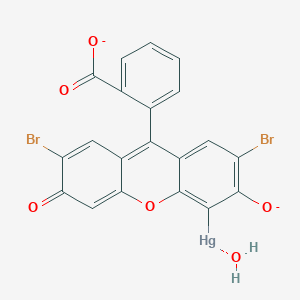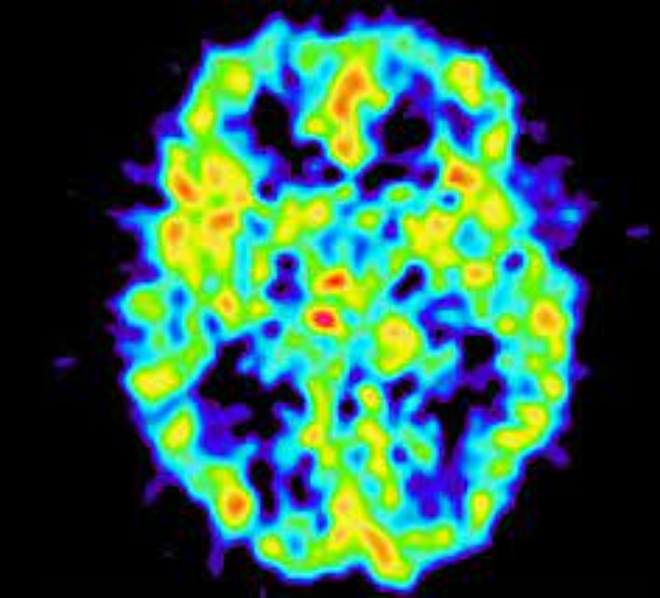|
Name: Mazindol
Type: Stimulant
AKA: Sanorex, Mazanor

|
|
II. Natural Derivative
Synthetic substance, no natural derivative
 |
|
III. Chemical Profile (IUPAC name)

|
|
IV. History
Mazindol is a stimulant medication developed in the 1960s. It is used to treat obesity by suppressing appetite and increasing energy expenditure. Mazindol has also been studied for its potential use in treating narcolepsy and attention deficit hyperactivity disorder (ADHD). Due to its potential for abuse and adverse effects, its use is regulated in many countries.

|
|
V. Legal Information
Mazindol, a stimulant used for appetite suppression, is classified as a controlled substance in some jurisdictions due to its potential for abuse. In the US, it is regulated under Schedule IV. Globally, its status varies, with many countries imposing controls due to concerns about misuse and dependency.
US Federal Schedule - IV
Schedule IV drugs, substances, or chemicals are defined as drugs with a low potential for abuse and low risk of dependence. Some examples of Schedule IV drugs are: Xanax, Soma, Darvon, Darvocet, Valium, Ativan, Talwin, Ambien, Tramadol.
Key US Federal Policies:
Controlled Substances Act. Public Law: Public Law 91-513 (text can be found on GovInfo) (https://www.dea.gov/drug-information/csa). Date enacted: October 27, 1970.
|
|
VI. Physical Effects
Mazindol is a stimulant originally developed as an appetite suppressant in the 1960s. It acts as an upper, increasing alertness and energy. Physical impacts include elevated heart rate, dilated pupils, and increased blood pressure. Short-term use can cause insomnia and anxiety, while long-term use may lead to cardiovascular problems and dependence. Overdose risks involve severe agitation, heart palpitations, and possible stroke. Safe use requires medical supervision, and recent research focuses on its efficacy in treating obesity and its potential side effects.  |
|
VII. Psychological Effects
Mazindol, a stimulant, affects norepinephrine and dopamine systems, enhancing alertness and mood. Immediate effects include improved focus and euphoria, while long-term use can cause dependence and cognitive issues. Research highlights its use in appetite suppression and potential for abuse.
 |
|
VIII. Culture
Mazindol is a stimulant used primarily for weight loss and has no historical lore. It became known in the late 20th century and is discussed in the context of obesity treatment and potential for misuse. Proponents emphasize its effectiveness in appetite suppression, while opponents focus on safety concerns and potential for abuse. Its use is primarily medicinal, reflecting broader issues in weight management.
 |
